Do you find yourself struggling to figure out Arduino’s Switch Case? Fear no more! This comprehensive guide will provide you with the essential knowledge and skills needed to master this component of Arduino coding. In no time at all, you will become an expert in understanding the power of the Switch Case. With this tutorial, everything from writing case statements to making decisions based on different cases is covered so you’ll be able to quickly navigate your way around Switch Case in Arduino.
What is a Switch Case?
A switch case is a control statement in many programming languages that enables a programmer to choose one out of many possible blocks of code to execute. It is usually used when we have multiple choices and conditions that depend on the value of a certain variable. The syntax for switch case statements generally looks like this:
switch (expression) {
case label1:
// set of instructions/code block 1;
break; // optional
case label2:
// set of instructions/code block 2;
break; // optional
default: // Optional
// set of instructions/code to be executed if all cases are not matched;
break; // optional
}
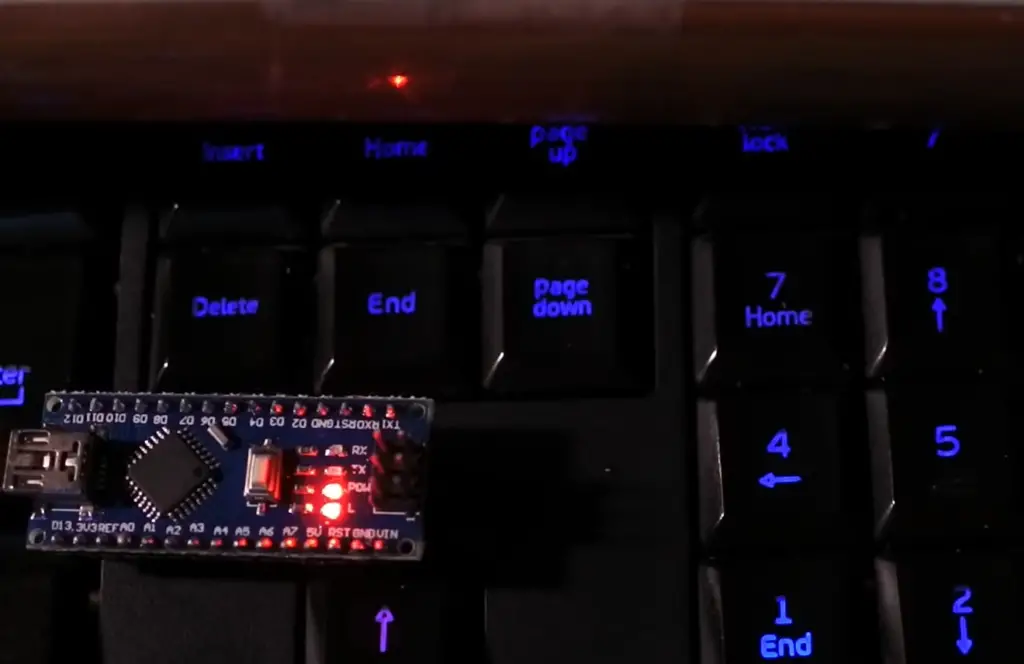
The expression is usually a variable that stores a particular data type like an integer, character, or string. After evaluating the expression, the cases with their associated are checked one by one against the value of the expression. If any label matches the value of the expression then the set of instructions/code written in that case block will be executed. If none of the cases match or if there is no matching case or no default statement then nothing happens (no code gets executed). Switch cases are usually used when we have multiple conditions to check and different set of instructions for each condition. It provides better readability and makes complex programs more manageable [1].
What does an Arduino switch case do?
Arduino if else code
An Arduino switch case statement is used to control the flow of a program, allowing a programmer to execute different pieces of code depending on certain conditions. By using the switch/case statement, complex logic can be written concisely and clearly.
The main limitation with Arduino “switch case” statements is that they can only compare numbers or characters, not strings or more complicated expressions.
When entering an if else statement in Arduino IDE (Integrated Development Environment), it will look something like this:
“`switch (expression) { case value1: //code block for value1 break; case value2: //code block for value2 break; //etc… default: //default code block break; }“`
The expression in the switch statement is evaluated once, and then each case is tested to see if it matches it. If a match is found, the code within that case’s block will be executed. This continues until either the end of the switch statement or a break command is reached. If no matches are found, the code inside the default section will be executed.
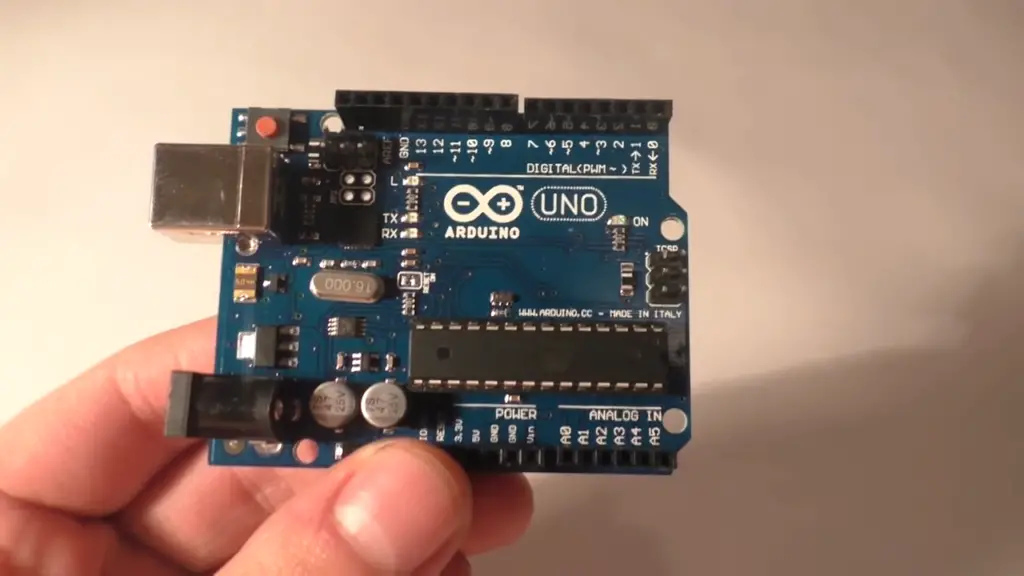
Arduino switch case code example
Below is a sample Arduino switch case code example that will turn on a LED depending on the value of a variable.
“`int var = 2; // Variable with value 2 switch (var) { case 1: digitalWrite(LED_BUILTIN, HIGH); //turns pin 13 On break; case 2: digitalWrite(LED_BUILTIN, LOW ); //turns pin 13 Off break; default: break; } “`
In this example the switch statement checks to see if the variable “var” has the value 1 or 2. If it does then it will execute either the code block for turning an LED On or Off depending on the value. If none of these values are found, it will execute the code in the default section which does nothing. In this way, switch case statements can provide an efficient and easy-to-read solution for complex logic problems. By using this statement you can make your code more succinct and easier to debug when something goes wrong. Try experimenting with different cases and seeing how they affect the program’s output [2].
Switch case in Arduino programming
Syntax
The syntax of switch case is as follows:
“`switch (expression) { case constant1 : // Statements to execute if expression == constant1; break; case constant2 : // Statements to execute if expression == constant2; break; default: // Statements to execute if all the cases are not matched. } “`
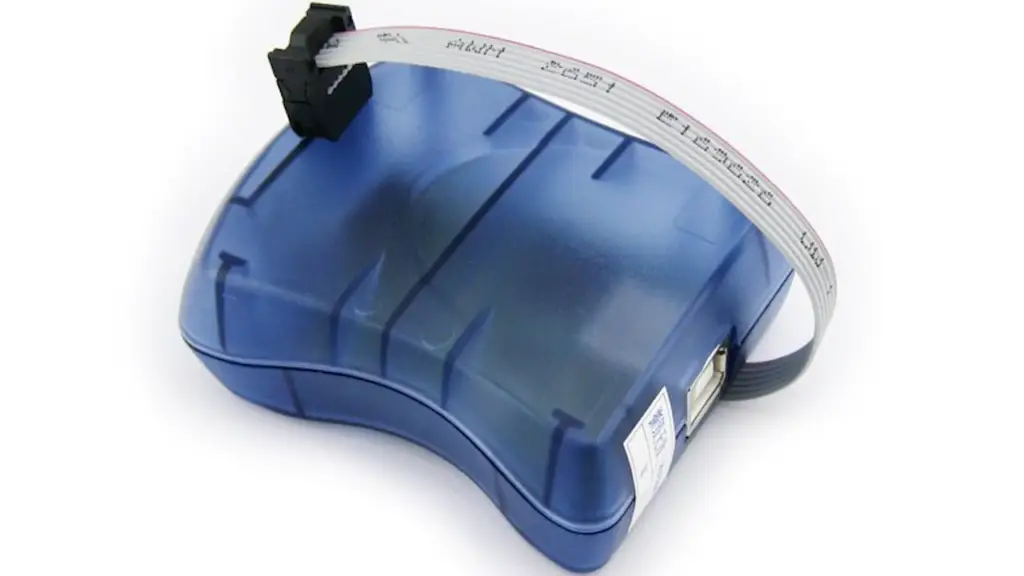
Example to demonstrate Switch Case in Arduino programming
In the example, we will use a switch statement and two LEDs connected to digital pin 3 & 4 of Arduino Uno board. Depending on the input given, both LEDs will lit or only one of them.“`int ledPin1 = 3; // LED connected to digital pin 3 int ledPin2 = 4; // LED connected to digital pin 4 void setup () { pinMode (ledPin1, OUTPUT); pinMode (ledPin2, OUTPUT); } void loop () { int inputVal = 0; inputVal=digitalRead(A0); switch (inputVal) //switch case execution { case 0: digitalWrite(ledPin1, LOW); digitalWrite(ledPin2, LOW); break; case 1: digitalWrite(ledPin1, HIGH); break; case 2: digitalWrite(ledPin2, HIGH); break; } }“`
This example demonstrates how to use switch case in Arduino programming. Firstly, two LED are connected with Digital pin 3 and 4 of the arduino board. Then inside the setup block, we set both pins as output. The loop block first reads input value from analog pin A0 and stores it in a variable named inputVal. Now within the switch statement, three cases are defined which will execute depending on the value of inputVal variable.
Example of switch case with user input led turn ON
Controlling LED with User input & Switch case condition
In the following example, the LED is connected to a GPIO pin of RaspberryPi. Write a code that takes user input from the terminal and turns on the LED based on the condition specified in switch case statement. First, you need to import some necessary libraries for this program like: “`pythonimport RPi.GPIO as GPIO import time “`
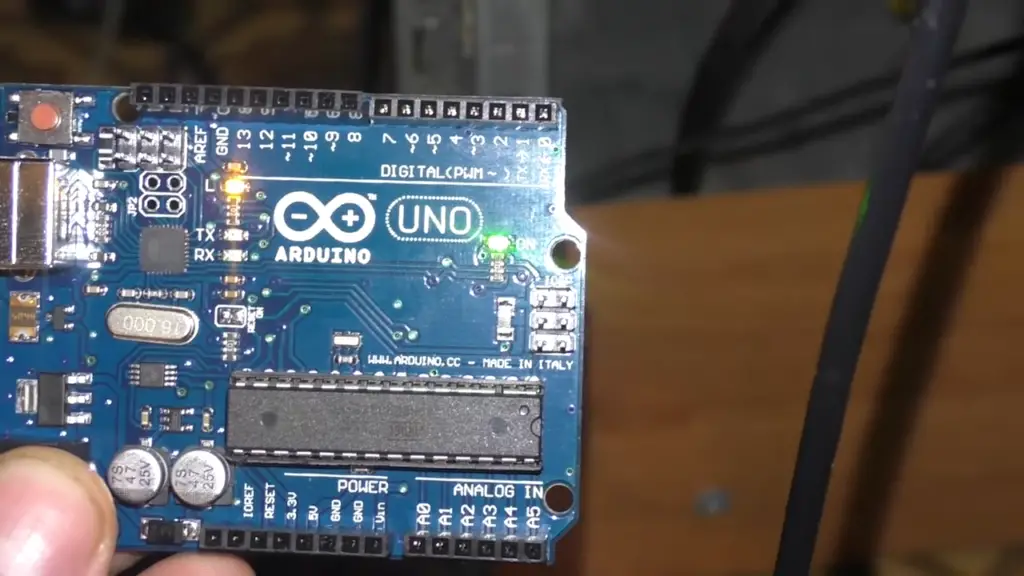
Define which pin is used for controlling LED,then set up GPIO pin mode: “`python led_pin = 4 //Define led pin GPIO.setmode(GPIO.BCM) //Set up GPIO pin mode GPIO.setup(led_pin, GPIO.OUT) //Set led pin mode as output “`
Then create a loop to get user input and execute the code based on it:
“`python while True: try: cmd = input(“Enter your command (on/off): “) //Get user input switch(cmd){ case ‘on’: print(‘LED is On’) GPIO.output(led_pin,GPIO.HIGH) break; case ‘off’: print(‘LED is Off’) GPIO.output(led_pin,GPIO.LOW) break; } except KeyboardInterrupt: print(“Program stopped”) GPIO.cleanup() break “` Finally, close program properly with GPIO cleanup command: “`python GPIO.cleanup() //Close program properly “`
This is a simple example of how to use switch case statement to control LED by taking user input from the terminal. This code can be modified as per your requirement and used in other projects.
Restrictions while using switch cases
Switch cases are useful in structures where the same code is to be executed for different values of a variable. However, there are some restrictions when using switch case statements:
- Switch cases can only work with integer constants or string literals and not variables. So if you want to use a variable as an argument in the case statement, it has to be defined as a constant first.
- All cases must have a break statement at the end to prevent other cases from being executed.
- Each case label must be unique – no duplicate labels are allowed. This means that each value of the variable needs its own distinct case. These are just some basic guidelines that should be followed while using switch cases in your program.
Tips & Tricks while using Switch Case Statement
- Use ‘break’ keyword after every condition – it will prevent the execution of statements after that block of code once a condition is satisfied.
- Make sure you include an else statement at the end to handle unexpected inputs or any sudden interruptions in the code.
- Try to use meaningful names for the cases and related operations to make the code more readable.
- Use switch-case statements only for simple conditions and prefer using if-else statements when you have complex scenarios.
- If you are looping through an array or list of elements, consider using the ‘for’ statement instead of the ‘switch’ statement as it is faster in iterative processes.
- Avoid duplicating cases throughout your code since this can lead to errors in its execution.
- Always include a default case block at the end even if empty, so that all possible inputs are accounted for and handled gracefully by your program.
- When handling multiple options within one case use particular flags or numbers to represent each one. This will allow you to easily identify which option is being handled and make the code easier to debug if there are any issues.
- Try to make use of a switch statement whenever possible, as this can dramatically reduce the amount of code needed for certain tasks and will also improve readability and maintainability in the long run.
- Make sure you consider all edge cases when writing your code with switch statements, as incorrect inputs could lead to unexpected behavior or errors in its execution.

Difference between Arduino and Nodemcu ESP8266
The Arduino is an open-source microcontroller board designed to be used with a variety of sensors and components. It is based on the ATmega328P, which has 32KB of program memory, 1KB of EEPROM, 2KB of RAM and runs at 16MHz.
The Nodemcu ESP8266 is a WiFi-enabled development board that comes with built-in support for the Lua scripting language. It has 4MB Flash memory, 80kB SRAM, integrated 802.11 b/g/n protocol stack, and is capable of running at up to 160MHz clock speed.
The main difference between Arduino and Nodemcu ESP8266 comes down to their capabilities and features. The Arduino platform provides more flexibility and a much larger library of components compared to the Nodemcu ESP8266. The Arduino also has more powerful hardware, allowing it to handle more complex tasks. The Nodemcu ESP8266 on the other hand is capable of connecting directly to WiFi networks making it ideal for IoT projects. It also offers an easy-to-use scripting language which makes programming easier than using C or C++ on the Arduino platform.
Ultimately, both platforms are excellent choices for hobbyists and professionals alike. Whether you’re looking for a low-power microcontroller board with built-in WiFi capabilities, or need a highly customizable development platform with plenty of libraries and components available, both Arduino and Nodemcu ESP8266 offer something for everyone.
FAQ
How to use switch case in Arduino code?
Using a switch case in Arduino code is a simple process. The basic structure of the switch statement consists of a control expression that is evaluated once, followed by one or more case statements: “`switch (control_expression) { case value1: //Statements to be executed; break; case value2: //Statements to be executed; break; default: // This will execute if none of the conditions above are true. }
The control expression can be any expression that results in a single value. This could be an integer, variable or character constant. The switch statement then checks each of the case values against the control expression and executes the statements associated with that particular case if there is a match. If no match is found, the default statement is executed (if present).
How to use the switch in Arduino Uno?
Using the switch in an Arduino Uno is a simple process. To use a switch statement, you need to declare three variables: one for holding the value of the switch statement, one for the minimum value, and another for the maximum value (if any). For example, if you’re checking whether a button was pressed or not then your code would be something like: “`boolean buttonPressed=false; int minValue=0; int maxValue =1;
switch(buttonPressed){ case minValue: //code when button isn’t pressed break; case maxValue: //code when button is pressed break; }“`
The first line declares a boolean variable, which holds the value of whether the button is pressed or not. The second and third lines declare two integer variables for the minimum and maximum values respectively (in this case, 0 and 1).
Finally, the switch statement checks each case against the variable’s value – if there is a match then it executes the code associated with that particular case. If no match is found then nothing will happen (if there is no default statement). Once you’ve declared your variables and written your switch statement, you can then use digitalRead() to get a digital value from your switch. This way you can easily check whether a button has been pressed or not.
Can I use multiple cases in a switch statement?
Yes, you can use multiple cases in a switch statement. The syntax is quite simple: just add additional case statements after the first one and they will be evaluated in order. For example, to evaluate three different cases you could write: “`switch (control_expression) { case value1: //Statements to be executed; break; case value2: //Statements to be executed; break; case value3: //Statements to be executed; break; default: // This will execute if none of the conditions above are true. }
This way, each of your cases will be evaluated sequentially until a match is found or the default statement is executed. You can also use the switch statement to evaluate multiple values, for example if you want to check whether two buttons (A and B) have been pressed: “`switch (control_expression) { case value1: //Statements to be executed when button A is pressed; break; case value2: //Statements to be executed when button B is pressed; break; case value3: //Statements to be executed when both buttons are pressed; break; default: // This will execute if none of the conditions above are true. }
How do you use a switch statement?
A switch statement is used to evaluate a single expression and then execute code based on the value of that expression. The basic syntax for a switch statement is as follows: “`switch (control_expression) { case value1: //Statements to be executed; break; case value2: //Statements to be executed; break; default: // This will execute if none of the conditions above are true. }
The control expression can be any expression that results in a single value (such as an integer, variable, or character constant). The switch statement then checks each of the case values against the control expression and executes the statements associated with that particular case if there is a match. If no match is found, the default statement is executed (if present). In addition to this basic syntax, you can also use multiple cases in a switch statement as well as evaluate multiple values at once. This allows for more complex logic within your code and provides an efficient way to write robust programs.
Useful Video: How to Use Switch Case in Arduino Programs – Ultimate Guide to the Arduino #12
Conclusion Paragraph
Using switch cases in Arduino programming is a great tool for developers to take advantage of. By utilizing switch cases, developers can simplify their code and make it easier to read and understand. This makes Arduino development more efficient and allows for quicker bug fixes and feature improvements. Additionally, switch case allows developers to create smaller, more efficient programs that use less memory on the board. Overall, the switch case is a powerful tool for Arduino programming that should not be overlooked by any developer seeking out ways to optimize their codebase.
References
- https://www.geeksforgeeks.org/c-switch-statement/
- https://www.javatpoint.com/arduino-switch-case#
- https://linuxhint.com/switch-case-arduino/





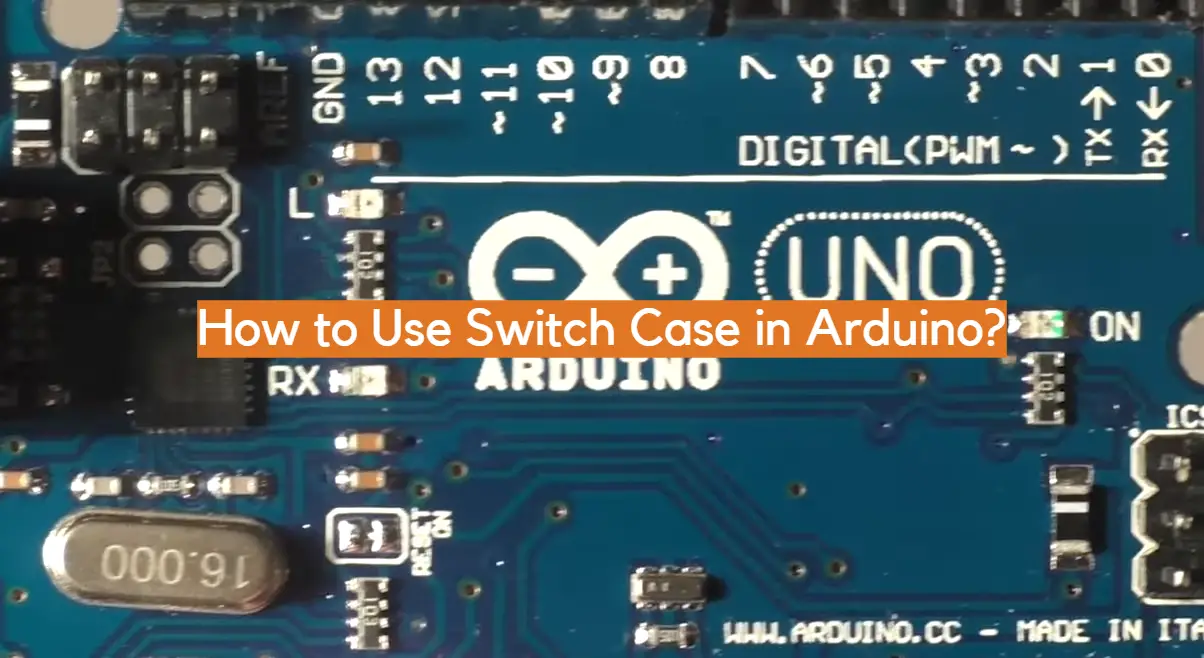





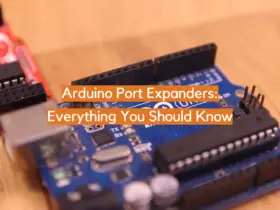
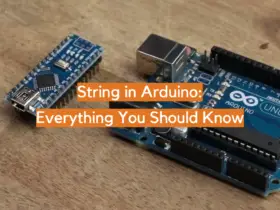
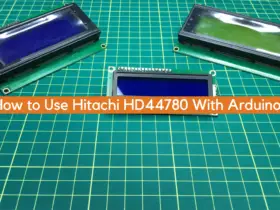
Leave a Reply